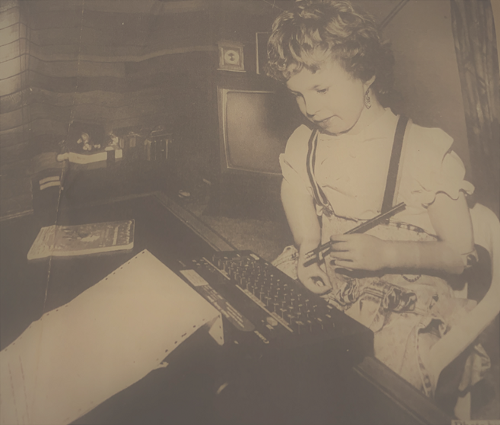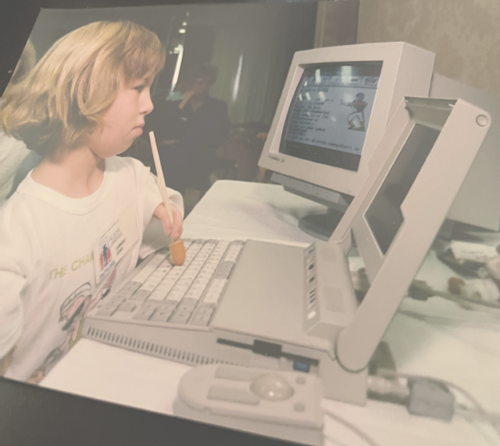Designing Inclusive Interactions
By Alicia Jarvis | BootCamp, May 19, 2021

“Disability is a mismatched interaction between the features of a person’s body and the features of the environment in which they live.”
— World Health Organization, 2011 World Report on Disability
A very smart man named Cliff Chadderton once told me that “the Computer will be the great equalizer”. I was born with short arms and Cliff, being a well decorated veteran and amputee himself, knew that a double arm amputee like me may require some assistive technology to help level the playing field and allow me to keep up with my peers.
Writing or drawing with a traditional pencil and paper was never my strong suit. From a very young age, I used either a typewriter or computer to get stuff done. And yes, I’m probably aging myself right now.
If we fast forward to Today, I can tell you that I now only type with just my fingers. As I got older, my preferences, my needs and my assistive technology has changed over time.
You might be wondering why I don’t use prosthetic arms today. Since I was born with hands, I had to unlearn a lot of things when I was finally fit with prosthetic arms. So, there was a huge learning curve in using them. I couldn’t feel what I was holding, which made things like eating a banana particularly difficult. I already had alternative ways of doing things like using my feet to reach something that was far away. The sockets where hot and made my hands sweat. So, frustration ultimately outweighed any potential benefits that they might have had. This is not to say that I regret trying them; it’s actually quite the opposite. All those years of trial and error taught me a lot about myself and it also taught me about design.


It taught me that my disability was not a problem that I need to solve. That disability itself is just a mismatched interaction between the features of a person’s body and the features of the environment in which they live. It also taught me that sometimes we focus on the wrong thing. Instead of trying to fix the features of my body, I started looking at adjusting the features of my environment, which resulted in much happier outcomes. The key take-away here is that instead of looking at people with disabilities as a small, niche subset of users, it is important for interaction designers to understand and learn from the mismatches in our society because that’s the only way to improve our craft and grow as designers.
So, with that, before you even think about firing up a screen reader, please take some time to really learn keyboard interaction. It will make you a better designer and your limb different users, like me, will be truly thankful that you did.
About This Article:
A Life Worth Living has copied the content of this article under fair use in order to preserve as a post in our resource library for preservation in accessible format. Explicit permission pending.
Link to Original Article: https://bootcamp.uxdesign.cc/designing-inclusive-interactions-1774b26101cc

